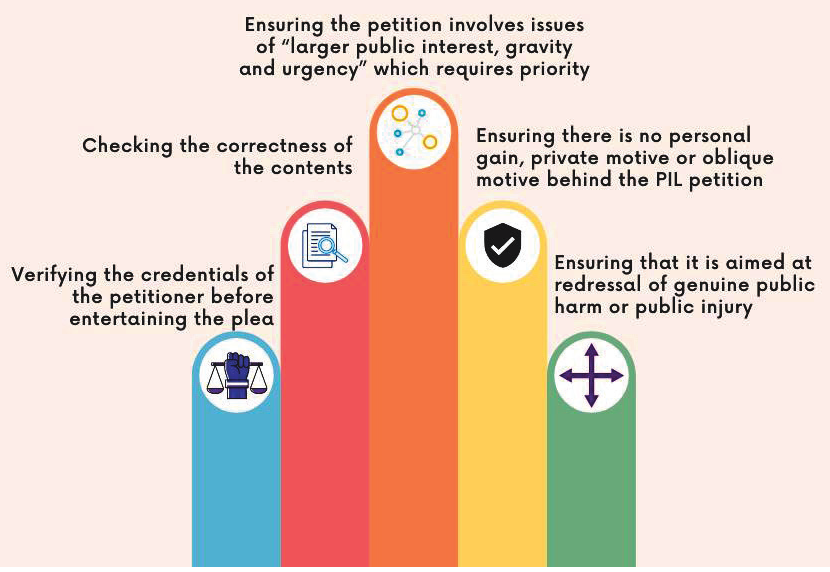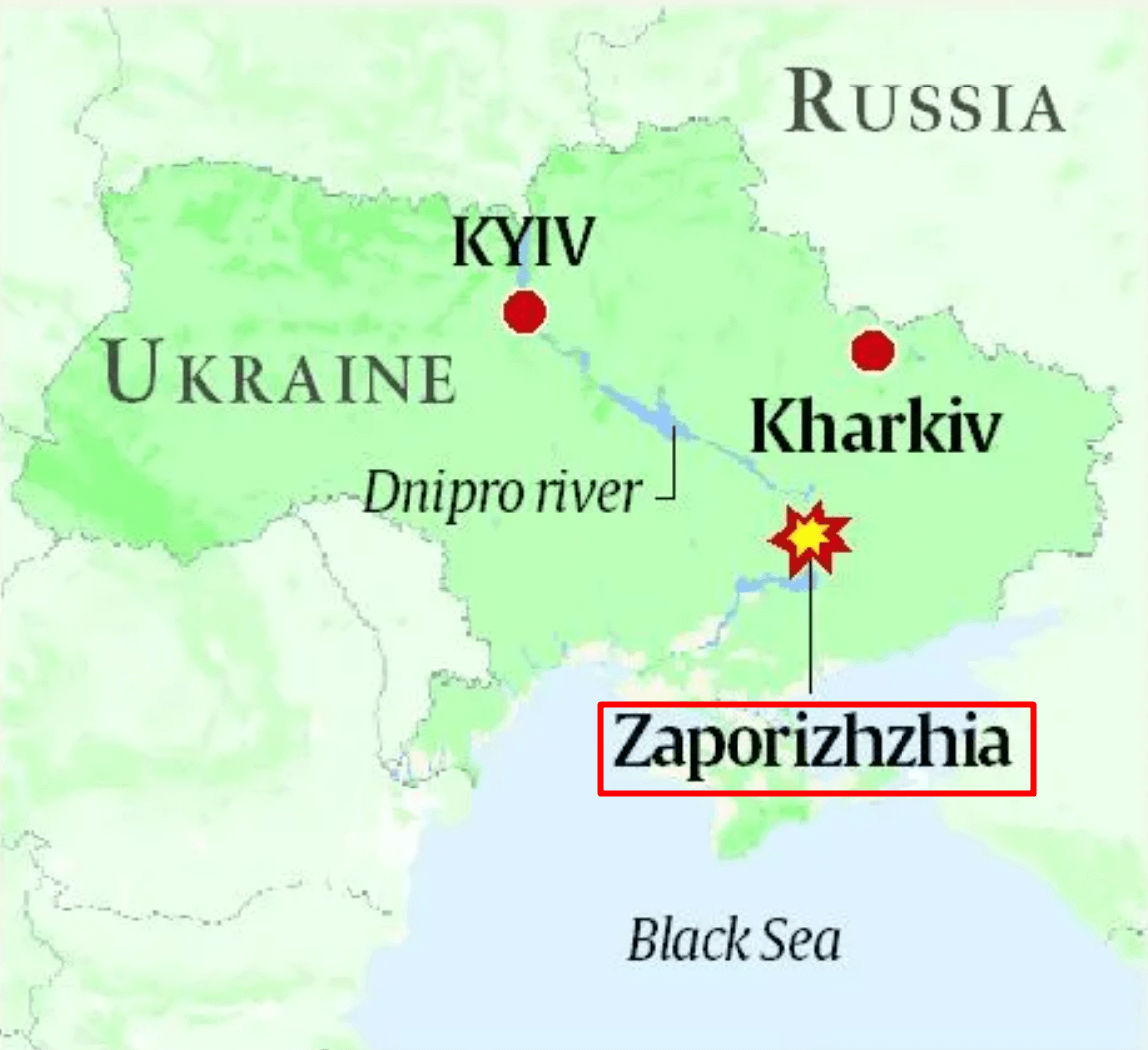
Pandemic Agreement
Subscribers of "Current Affairs" course can Download Daily Current Affairs in PDF/DOC
Subscribe to Never Miss an Important Update! Assured Discounts on New Products!
Must Join PMF IAS Telegram Channel & PMF IAS History Telegram Channel
- Context (DTE): WHO has cautioned that COVID-19, the first of ‘Disease X‘, may recur, emphasizing the potential for future global health threats.
- A key way to tackle this is through the pandemic agreement.
Disease X
- It represents an unknown disease that could cause a potential epidemic or pandemic, with an unprecedented impact on health infrastructure and mortality.
- It is most likely to be a zoonotic disease with a ribonucleic acid (RNA) virus, having a far worse effect on mortality rates than the COVID-19 pandemic.
Pandemic Agreement
- It is being negotiated by WHO countries.
- Deadline: The 77th World Health Assembly, which is to be held in May 2024.
- It aims to improve prevention, preparedness, and response to future pandemics at a global level.
- Goals
- Ensure sustained and long-term political commitment.
- Define clear processes and tasks.
- Ensure long-term public- and private-sector support at all levels.
- Promote an ‘all-of-government’ and ‘all-of-society’ approach.
Benefits

Initiatives by WHO to Prepare for a Future Pandemic
Financial Intermediary Fund for Pandemic Preparedness and Response (PPR)
- It aims to cover early warning surveillance systems for zoonotic diseases, laboratories, and emergency communication.
- Hosted by the World Bank and with technical support from the WHO.
- The fund will provide additional, long-term financing to strengthen PPR capabilities in low- and middle-income countries.
mRNA technology transfer hub
- The objective is to build capacity in low and middle income countries to produce mRNA vaccines.
- The hub is located at Afrigen, Cape Town, South Africa.
WHO Hub for Pandemic and Epidemic Intelligence
- It was established in Berlin, Germany.
- Aim to strengthen pandemic and epidemic intelligence through better data and better analytics.
- The Epidemic Intelligence from Open Sources (EIOS) is hosted within the new WHO Hub for Pandemic and Epidemic Intelligence.
WHO BioHub
- It will enable WHO Member States to share biological materials with and via the BioHub under pre-agreed conditions. This will ensure timeliness and predictability in response activities.
- Currently, most pathogen sharing is done bilaterally between countries.
Understanding the science behind mRNA technology
mRNA
mRNA vaccines
|





![PMF IAS Environment for UPSC 2022-23 [paperback] PMF IAS [Nov 30, 2021]…](https://pmfias.b-cdn.net/wp-content/uploads/2024/04/pmfiasenvironmentforupsc2022-23paperbackpmfiasnov302021.jpg)












